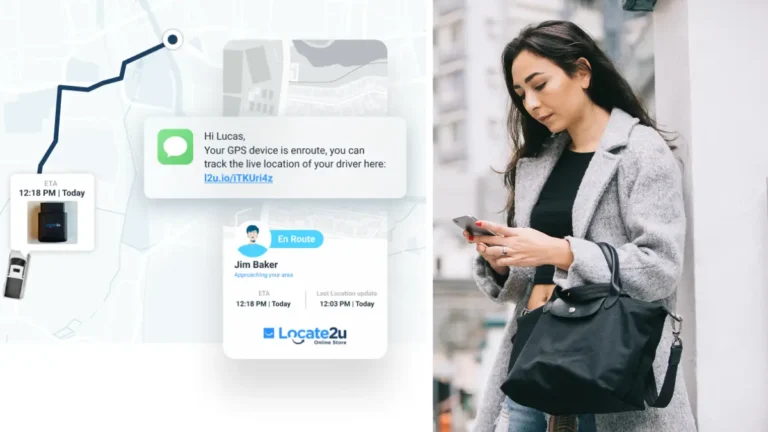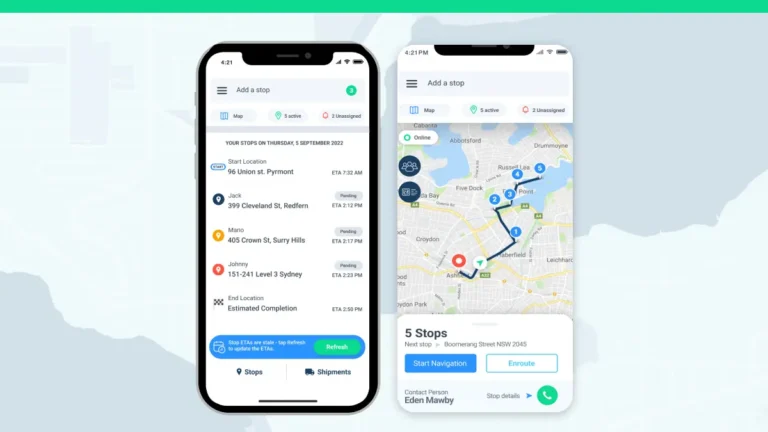The supply chain is a critical part of any logistics company. We see in recent months how the supply chain has been affected by the Red Sea crisis, for example. This has shown many companies how important it is for the supply chain to become resilient – especially in the face of global business challenges.
Locate2u takes a look at some best practices for the supply chain. Shedding light on how these are shaping business.
Automation and digitalization in the supply chain
Many logistics companies use advanced technologies like AI, machine learning, and robotics to automate and streamline processes. This includes automated warehouse systems, predictive analytics for demand forecasting, and digital platforms for real-time tracking.
Perhaps companies think automation is ‘the best thing since sliced cheese.’ This is because the technology has allowed businesses to increase throughput and allocate repetitive tasks that take too much time. UPS is using automated technology to improve its package flow.
UPS uses pick-up-and-place technology to help staff sort small packages. Unloading technologies now help UPS employees unload easily and give customers better package care.
The impact that automation has had on warehousing is significant. A GlobeNewswire report says: “By technology, automated storage and retrieval systems segment leads the market, it eliminates manual handling and reduces human errors, resulting in faster and more accurate order fulfillment. It maximizes the use of vertical space, allowing for high-density storage and potentially reducing the footprint required for warehousing operations.”
Amazon stands out in warehouse automation, leading from the front. The company’s Picker Robot can handle 1,000 items per hour.
Advanced data analytics
By leveraging big data analytics, logistics companies can better predict demand, optimize routes, manage inventory levels, and improve supply chain visibility. This leads to more efficient operations and better decision-making.
E-commerce companies are turning to data analytics to understand their customers. Imagine if an e-commerce company had the correct data about the target audience, their buying patterns, and what items are being bought the most. The company’s supply chain would benefit from this. Knowing purchasing patterns will allow the business to have the right stock available to satisfy customers.
Also Read: Data-driven e-commerce: Understanding your customers
Sustainable practices
There’s a growing emphasis on sustainability in logistics, with companies adopting practices like using electric or hybrid vehicles, optimizing routes to reduce fuel consumption, and implementing green warehousing techniques.
We see courier companies adopting electric vehicles at a fast rate. In January, FedEx Express started using electric three-wheelers for deliveries in Taiwan. At the time of this initiative, FedEx said: “Switching to an electric scooter from a traditional fuel scooter reduces an estimated 35 kilograms of carbon emissions per unit per month. [This adds] up to potential carbon savings of more than two tons of total carbon a year at a single FedEx station with a fleet of scooters.”
The sustainability route is good for the environment, and customers think of ‘sustainability’ in their choices. A McKinsey & Company report shows 60% of respondents said they’d pay more for a product with sustainable packaging.
Here’s a scenario: A retail company that does not use sustainable packaging. The company’s packaging manager decides to design and implement sustainable packaging using packages made from plant-based materials.
The company notices that within six months of changing the packaging, its revenue increased by 10%. The e-commerce manager also notes that more purchases are being made than in the last six months – shifting to sustainable packaging was a good move.
Just-in-Time (JIT) inventory management
The just-in-time inventory management (JIT) strategy involves keeping stock levels as low as possible and ordering goods only when they are needed. This helps in reducing inventory costs and improving cash flow.
Last month, Locate2u reported how retailers are shifting JIT practices. During the COVID-19 pandemic, retailers were stockpiling in case of shortages.
Implementing JIT the supply chain
If you’re a business that’s looking to implement JIT into your operations, one-stop commerce platform Lightspeed gives some insight into how to go about this.
“First, you’ll need to decide whether or not JIT is right for your business. Once you’ve determined that it is, you’ll need to implement inventory management software to keep things running smoothly. Next, you’ll need to forecast demand for your products. Finally, developing strong relationships with trustworthy suppliers will ensure everything goes off without a hitch.”
Here are some benefits of just-in-time inventory management:
- Reduce waste: Following the JIT inventory management system eliminates excess stock.
- Improves efficiency: JIT ordering stops the company from expenses related to acquiring, handling, and storing inventory. This leads to quicker inventory turnover.
- Minimize costs: Following the JIT model allows a company to spend less on storage due to lower inventory levels.
- Reduces product defects: JIT inventory management streamlines the production cycle. This leads to on-time deliveries, keeping customers satisfied.
About the author
Sharl is a qualified journalist. He has over 10 years’ experience in the media industry, including positions as an editor of a magazine and Business Editor of a daily newspaper. Sharl also has experience in logistics specifically operations, where he worked with global food aid organisations distributing food into Africa. Sharl enjoys writing business stories and human interest pieces.











